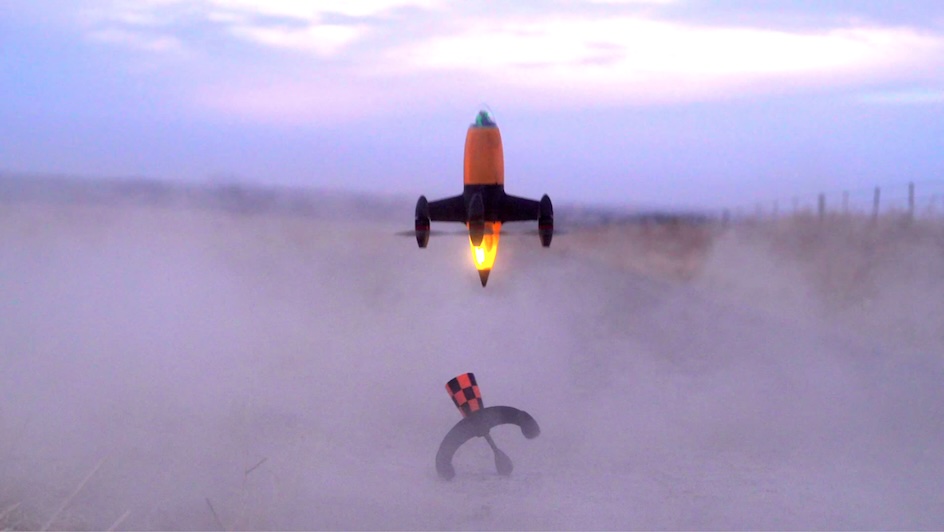Transmitting The Internet Via a Chip and Laser

The world runs on access to information, the speed of which continues to become faster and faster each year. A group of researchers claim this data transmission rate has seen another record milestone, and it’s huge.
An international team composed of brilliant minds from the Technical University of Denmark (DTU) and Chalmers University of Technology in Gothenburg, Sweden have developed a means of transferring information at the rate of 1.8 petabits per second (Pbits/s) using a light source and an optical chip.
To give you an idea of the sheer scale of this achievement: one petabit equates to one million gigabits, the equivalent of everyone in the world streaming the latest popular series in high definition at the same time;. The new method from the DTU and Chalmers team transmits at roughly twice this speed.
Victor Torres Company, the project lead at Chalmers, explained: “What is special about this chip is that it produces a frequency comb with ideal characteristics for fibre-optical communications – it has high optical power and covers a broad bandwidth within the spectral region that is interesting for advanced optical communications.”
A “frequency comb” is essentially a light-emitted source that can split a single beam into an array of equally spaced frequencies (just like a hair comb) each with its own data stream. This means lasers are about to become much more space and energy efficient – think a high-tech matchbox.
As per DTU Professor Leif Katsuo Oxenlowe’s words: “We have an opportunity to contribute to achieving an Internet that leaves a smaller climate footprint.”





















